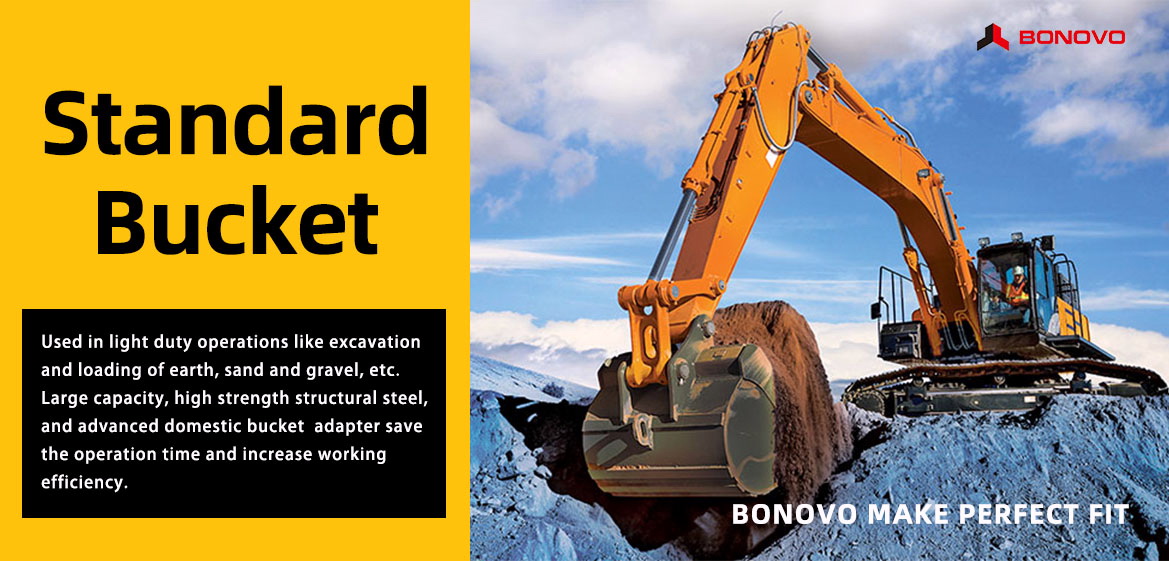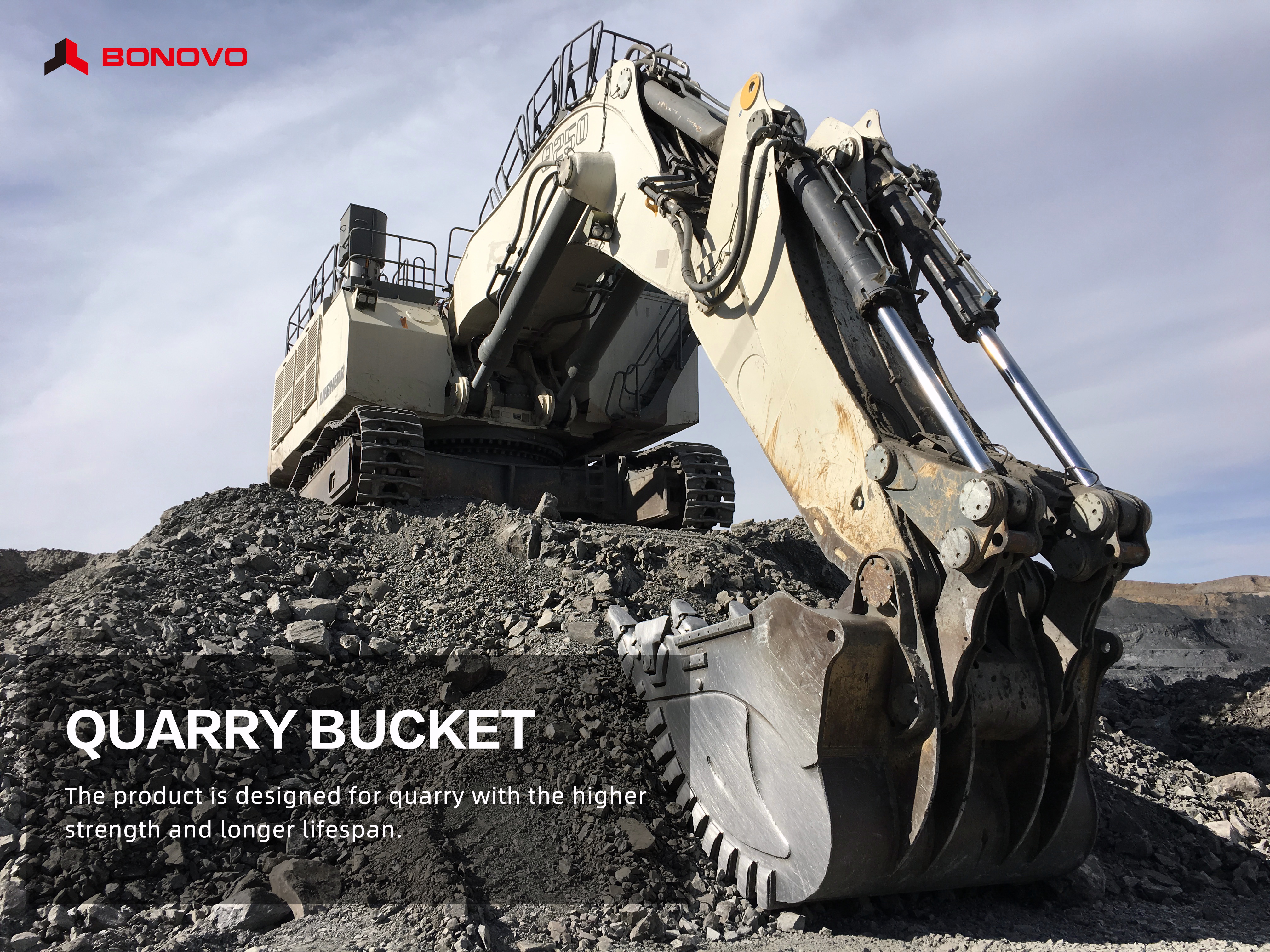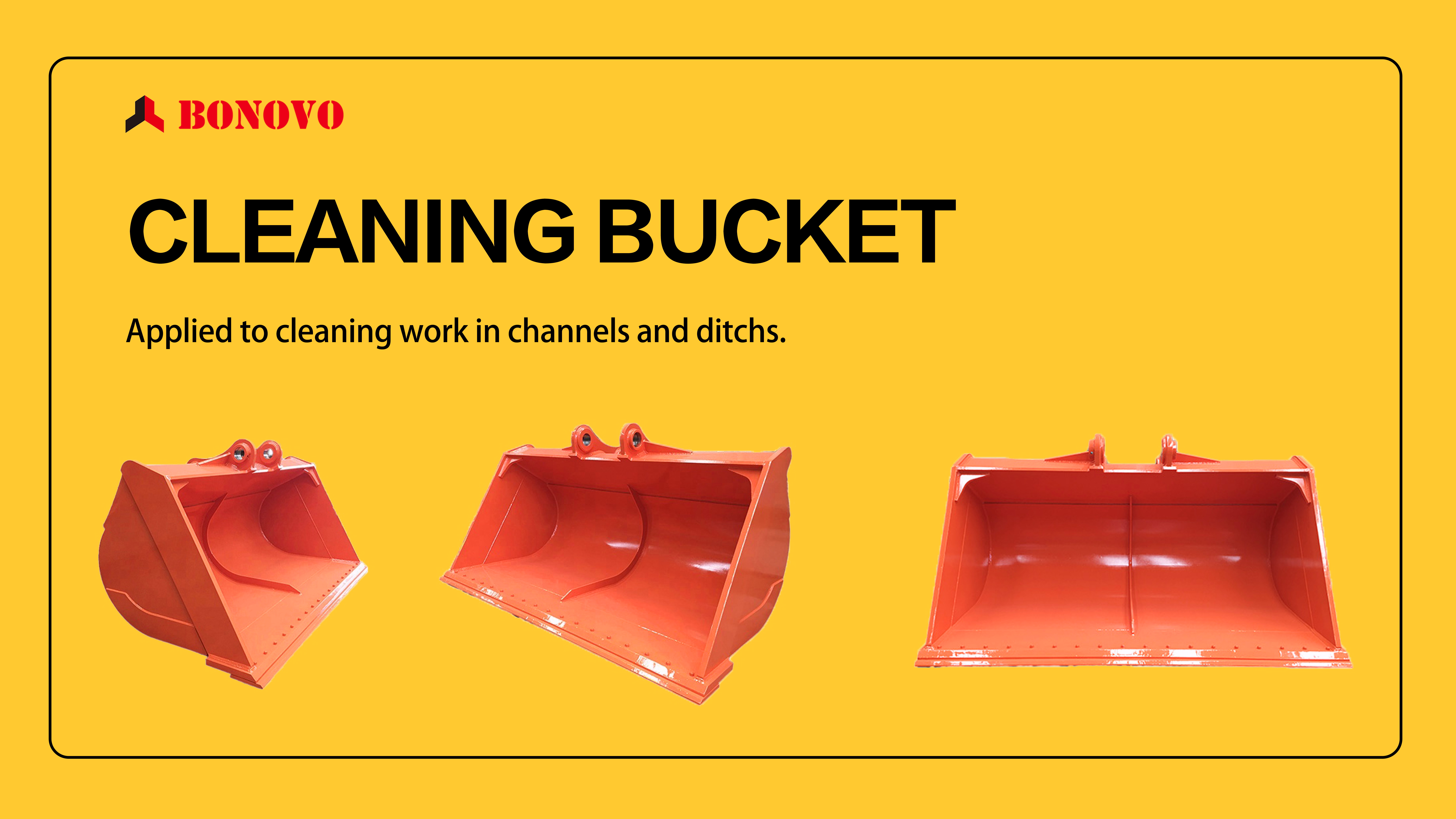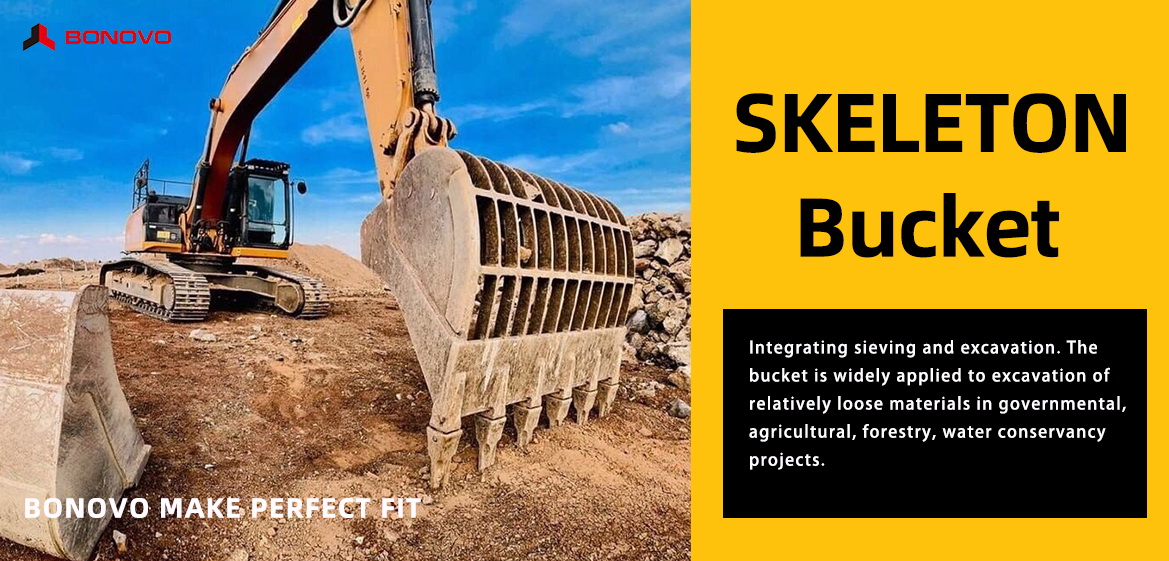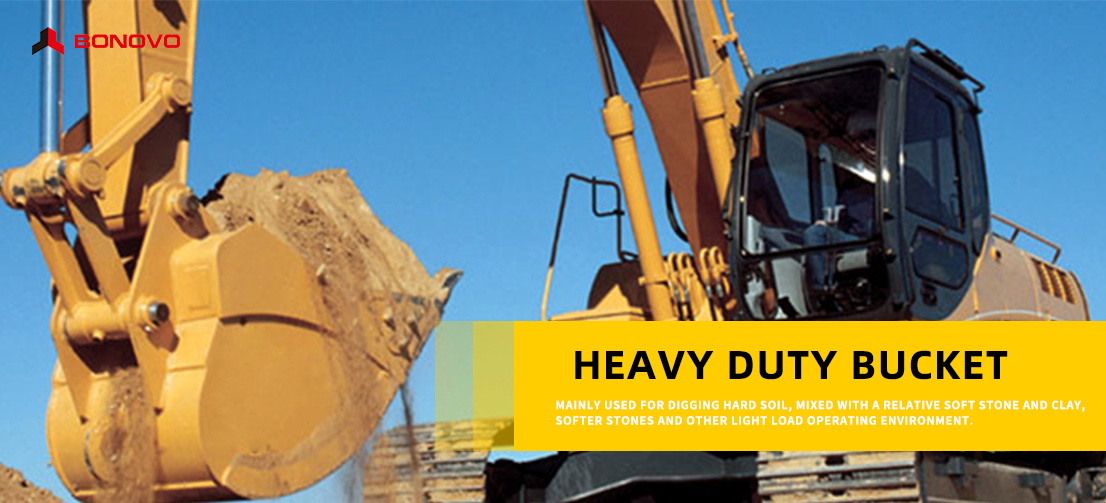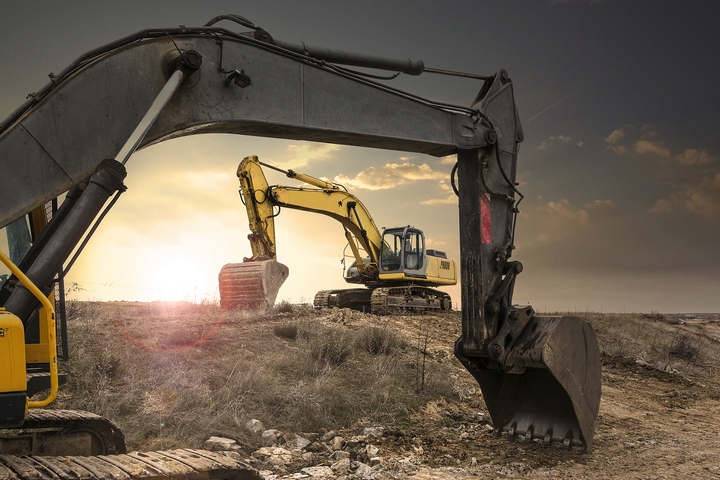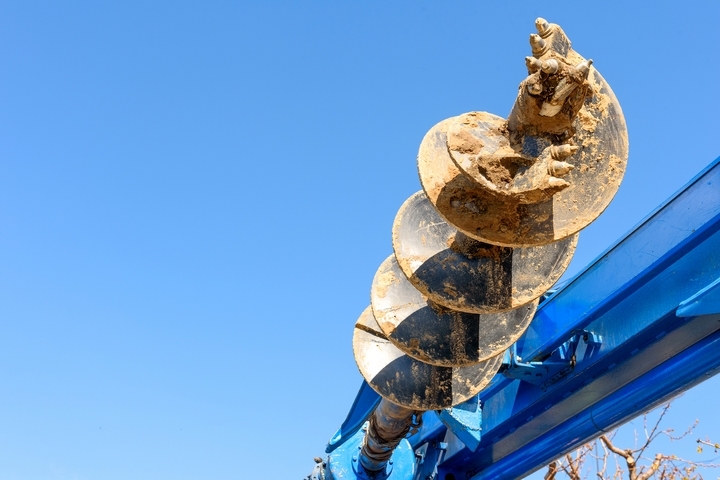7 Different Excavator Bucket Types and Their Uses | OEM
Construction is a labor-intensive field. Machinery and vehicles are needed for each task in order to carry out the work. Nor are these machines just ordinary devices. They were built for labor-intensive purposes. Take your typical excavator for example.
Excavators are equipped with a variety of accessories that can work efficiently on different surfaces. A bucket is one of the most common excavator accessories, helping to dig or clean the surrounding area. Many people may not know that there are countless variations of a bucket.
The following are seven types of excavator bucket and their uses:
Type 1: Digging Excavator Bucket
When people think of excavators, they picture huge, claw-like attachments. This attachment is colloquially known as the digging bucket. As the name suggests, it is primarily used for digging hard, rugged surfaces. These can range from hard soil and in some cases even rock.
The digging bucket is also considered universal, meaning it can be used in a variety of situations. These buckets also come in different sizes to meet the requirements of the relevant surface. As long as safety is kept in mind, knowledgeable operators will be able to dig efficiently.
Type 2: Rock Excavator Bucket
If the digging bucket is not suitable for more hardened surfaces, a rock excavator bucket type is required. This particular type of bucket has a greater impact than similar buckets. Many rugged environments often contain impenetrable rocks. A rock bucket can solve this problem once and for all.
The edges of the bucket, for example, are reinforced with added material and have sharper teeth. This allows it to be pushed into the rock with more force, which makes the excavator's job easier. Don't worry about breaking the bucket; They're durable!
Type 3: Cleaning Excavator Bucket
After a long, hard day of digging, there will be plenty of debris around. To make their job easier, the excavator operator will install a cleaning bucket on their vehicle. The cleaning bucket does not have any protruding teeth and is not considered for size.
They are relatively small, while maintaining the shape of a regular bucket. This comes down to its main function. It is designed for cleaning up work areas. One of the most important uses of a bucket is that it also reduces maintenance costs. Cleanup crews are rarely used, so their work can be moved elsewhere.
Type 4: Skeleton Excavator Bucket
Not all excavations are created equal. In some cases, a more refined process must be used. This is where the skeleton bucket must be used and attached to the vehicle. The skeleton bucket variant is an improved bucket that allows for the separation of finer materials during excavation.
Because the teeth in the bucket are separated by gaps, larger chunks of material may fall out. Skeleton buckets can be used when certain materials must be excavated from the necessary surface. This allows specific work to continue without wasting time removing unnecessary elements from the surface.
Type 5: Hard-Pan Excavator Bucket
Similar to the rock barrel vein, hard drives are built with durability in mind. These types of buckets are designed for harsh environments and have undergone significant structural redesign. The bucket has an extra row of teeth at the back, which is a great help in some environments.
During excavation, hard soil and other materials can be loosened by an additional set of teeth. Combined with the strength you would expect from a rock bucket, digging becomes easier. Don't be surprised to see these in action at more rugged dig sites!
Type 6: V Bucket
For areas where ditching is required, a V-bucket is usually used. Due to its V-shaped design, the excavator will be able to easily dig a trench or channel of the appropriate size. They can also be used to make room for utility cables that pose a safety hazard to teams on the ground.
Type 7: Auger Excavator Bucket
In terms of multi-function, the helical bucket is truly unique. This type of excavator bucket is very widely used and can complete multiple excavation work at the same time. When time is tight, many excavator operators use auger drills. As a result, tasks as diverse as digging, scraping and cleaning can be accomplished in record time.
Because excavators vary in their operation, it's crucial to utilize different buckets for specific scenarios. Consequently, having a skilled operator at the helm is imperative. A knowledgeable operator will understand which bucket type and size are most suitable for the task, enabling projects to progress more efficiently.


